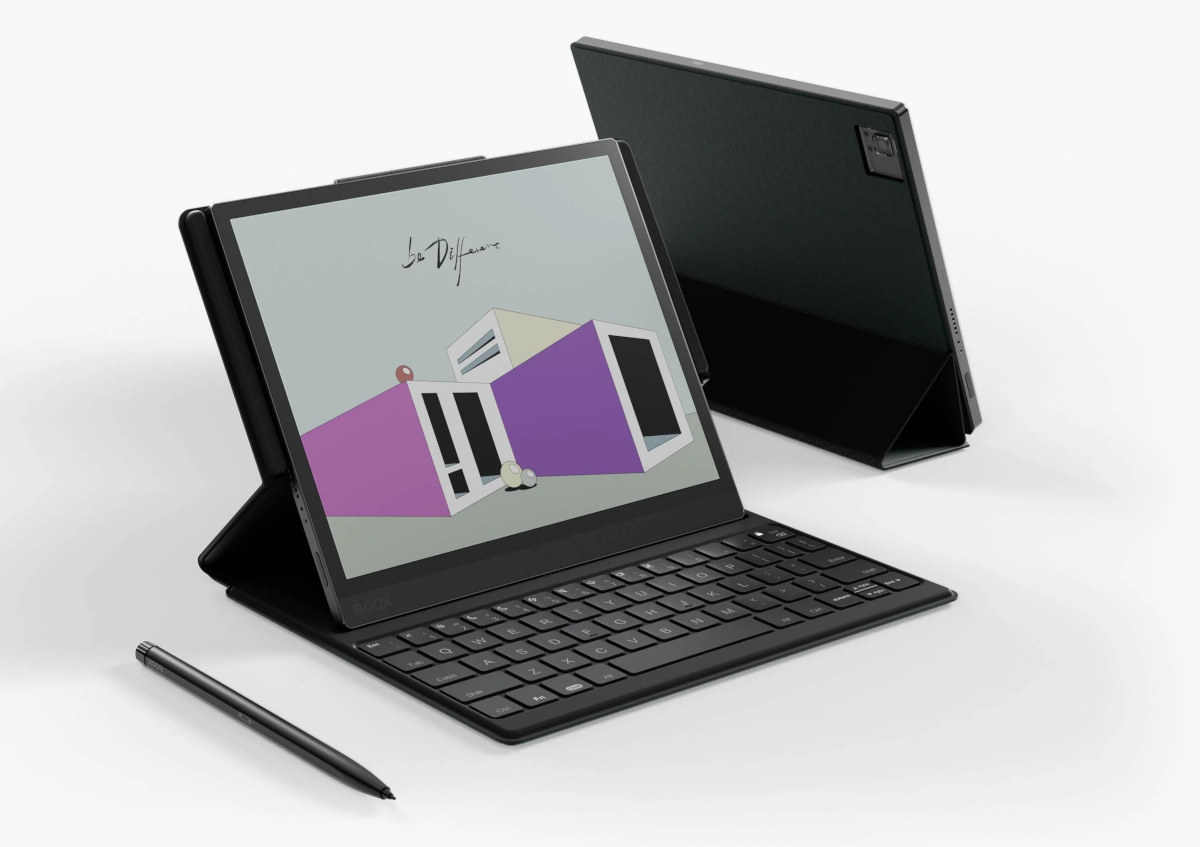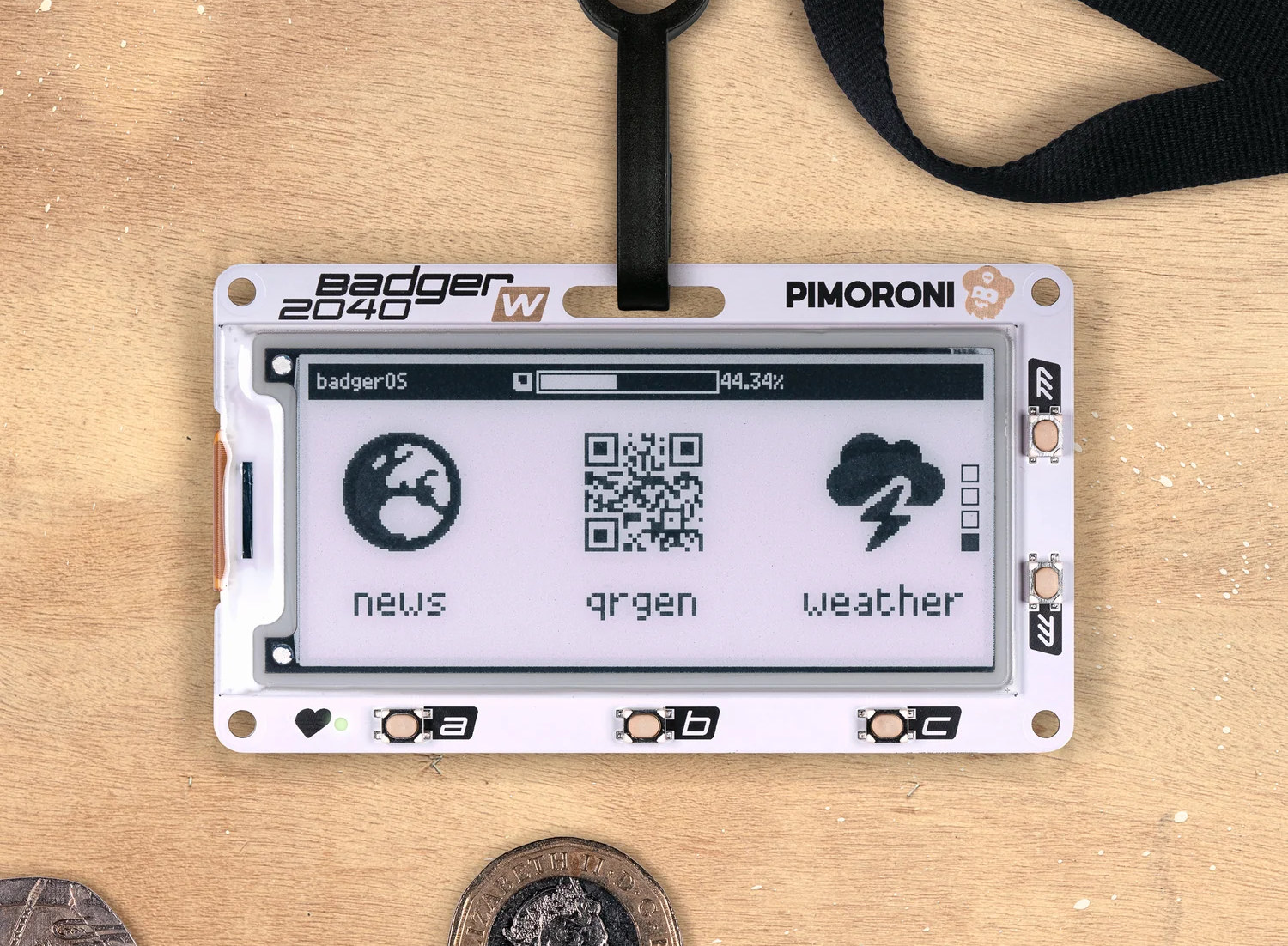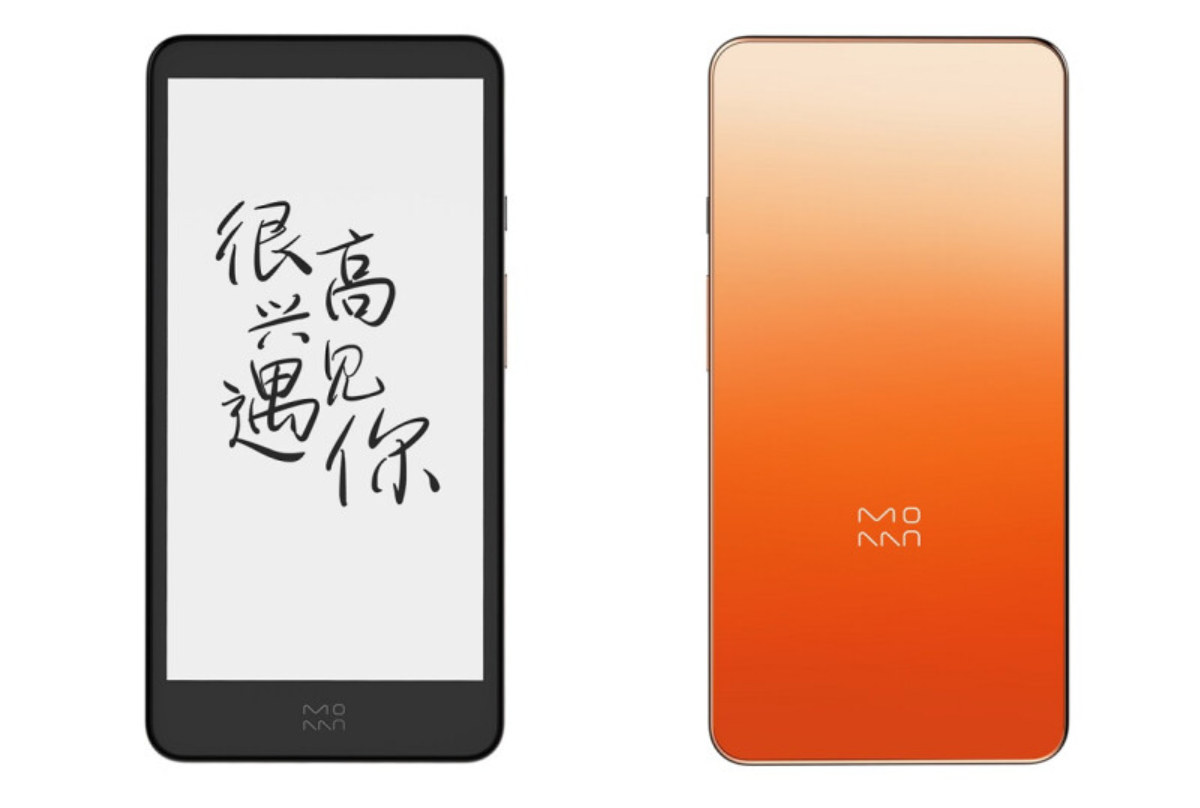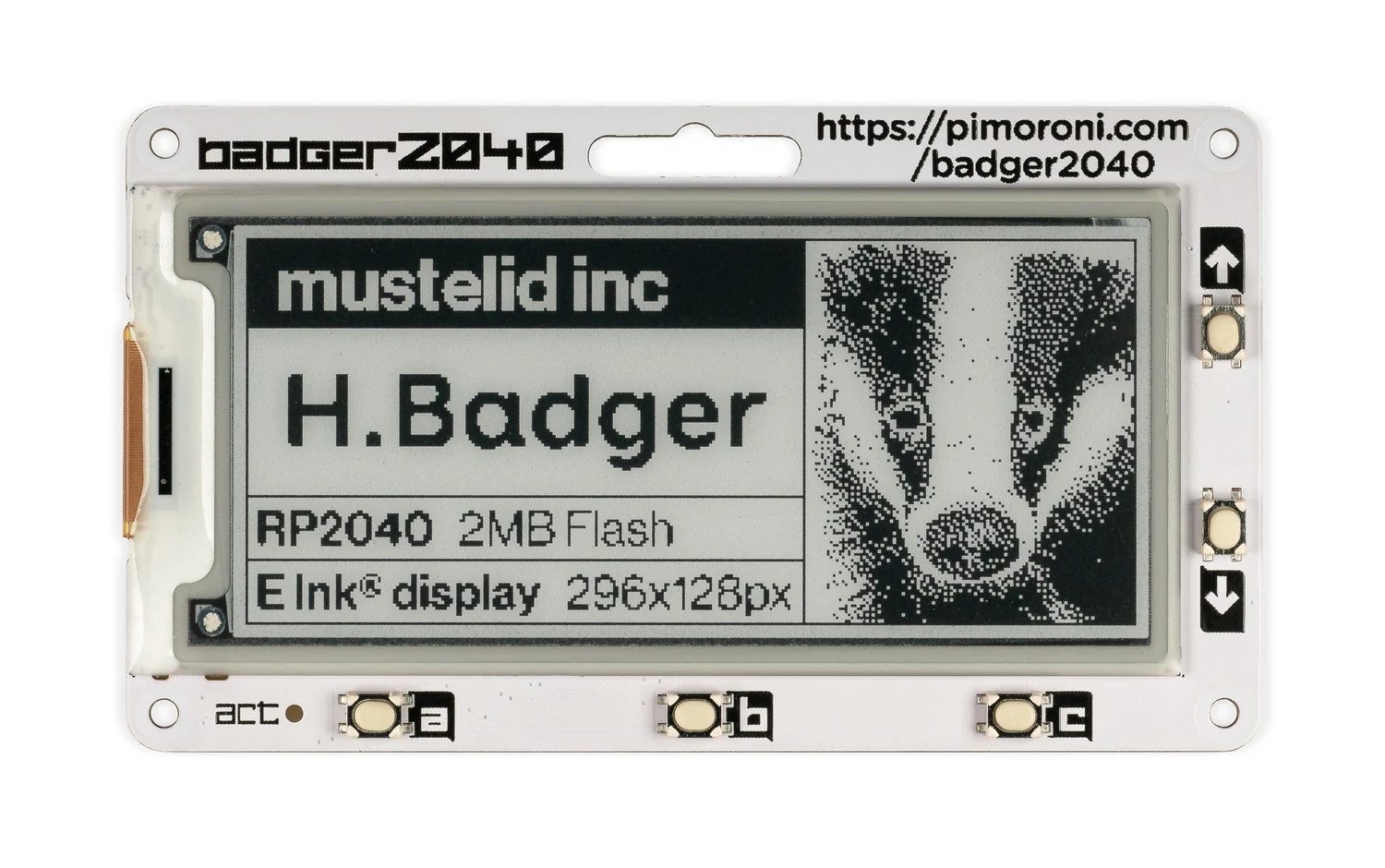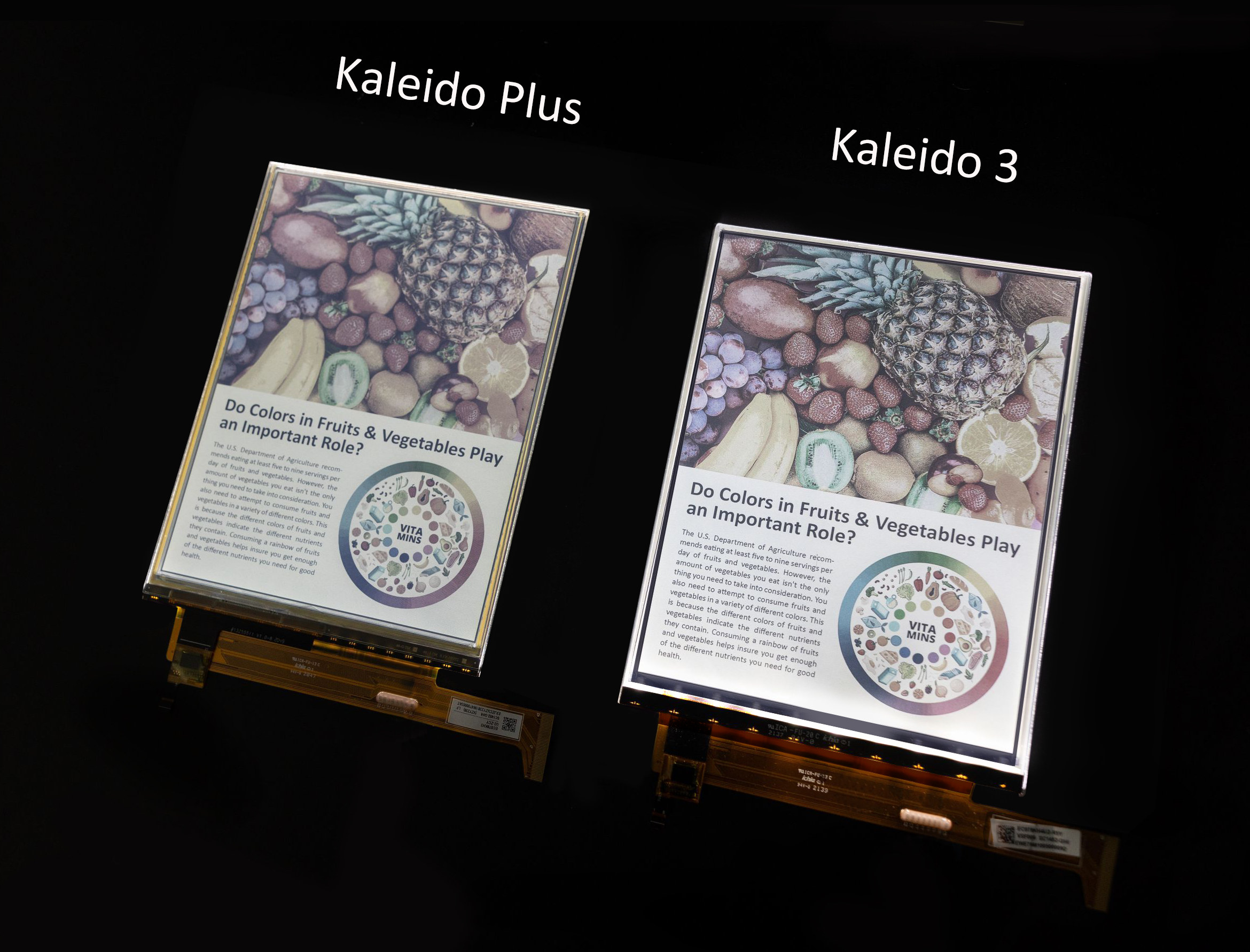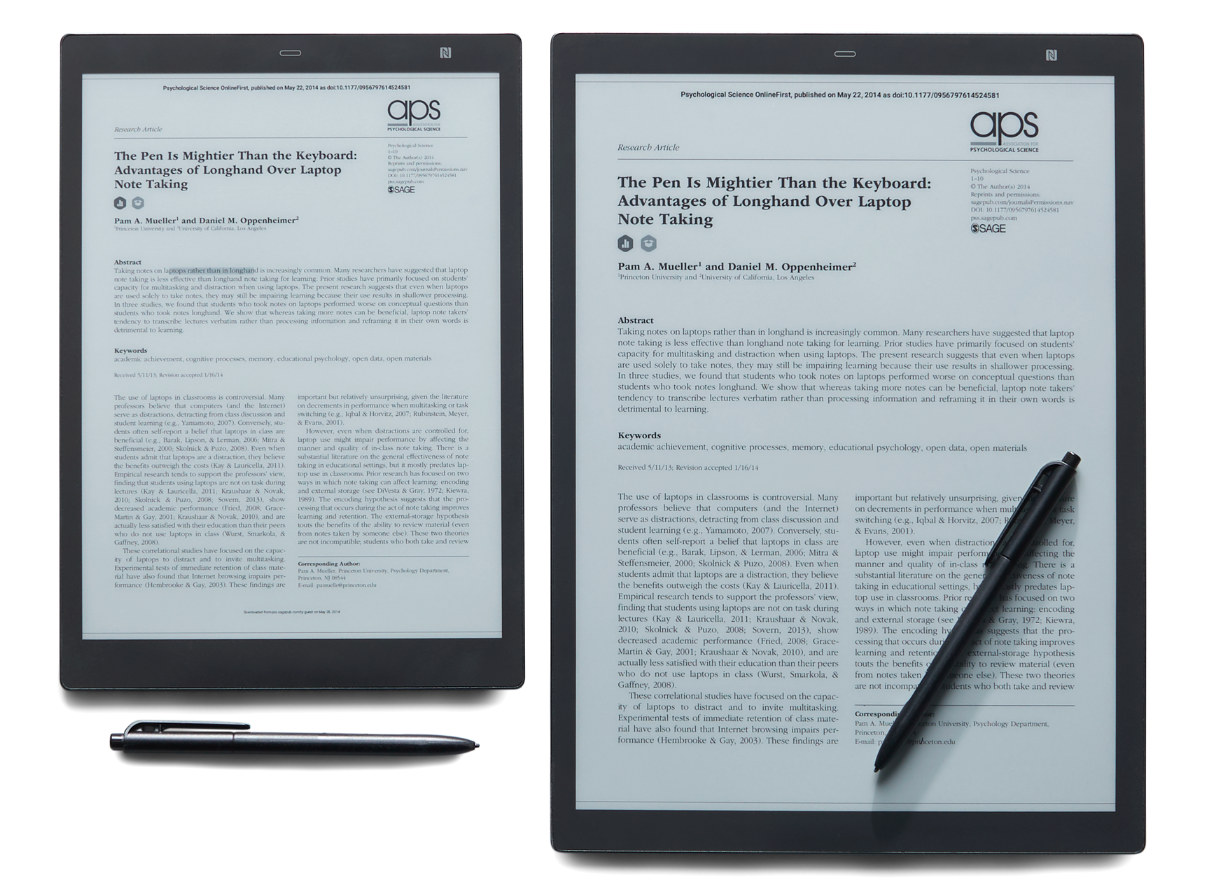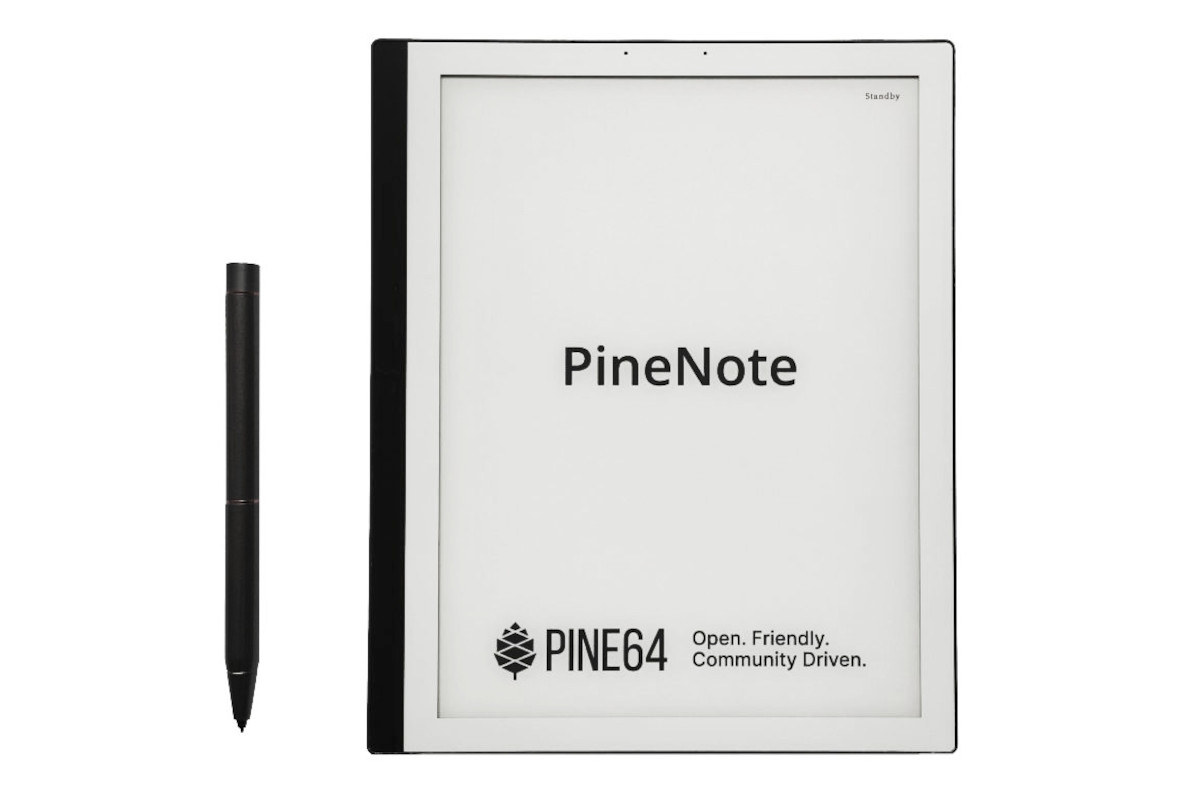Onyx BOOX Tab Ultra C is an Android 11 tablet with a 10.3-inch E-Ink Kaleido 3 color display with 2480 x 1860 black & white resolution, 1240 x 930 color resolution, a capacitive touchscreen and support for a stylus with 4096 levels of pressure. The tablet is an evolution of the BOOX Tab Ultra black-and-white tablet with a 4096-color E-Ink display using the latest Kaleido 3 screen that increases color saturation by 30 percent and reduces blue light reflections compared to earlier Kaleido Plus displays. BOOX Tab Ultra C specifications: SoC – Unnamed “Qualcomm Advanced” octa-core processor (likely the 2.0 GHz Snapdragon 662 octa-core Cortex-A73/A53 processor like in its black-and-white predecessor) System Memory – 4GB LPDDR4X Storage – 128GB UFS 2.1 flash, microSD card slot Display 10.3-inch Kaleido 3 (4,096 colors) Carta 1200 glass screen with flat cover-lens Resolution: B/W: 2480 x 1860 (300 ppi); color: 1240 x 930 (150 […]
Badger 2040 W e-Paper display gets WiFi & Bluetooth with Raspberry Pi Pico W
Pimoroni Badger 2040 W wireless programmable e-Paper badge comes with a 2.9-inch black & white E-Ink display and a Raspberry Pi Pico W board for WiFi (and Bluetooth) connectivity. It is an update to the Pimoroni Badger 2040 with the exact same display, but instead of using a Raspberry Pi RP2040 microcontroller, Pimoroni fitted a Raspberry Pi Pico W on the back of the board, probably to avoid going through FCC and CE certifications. Badger 2040 W specifications: MCU board – Raspberry Pi Pico W board with: Raspberry Pi RP2040 dual-core Arm Cortex M0+ running at up to 133Mhz with 264kB of SRAM Storage – 2MB QSPI flash Wireless – 802.11b/g/n WiFi 4 and Bluetooth Classic+LE with ABRACON onboard antenna (Infineon CYW43439 connected over SPI) Display – 2.9-inch B&W E-Ink display with 296 x 128 pixels resolution, ultrawide viewing angles, ultra-low power consumption; Dot pitch – 0.227 x 0.226 mm […]
$150 InkPalm Plus eReader features RK3566 SoC, 5.84-inch display
Xiaomi Moaan InkPalm Plus is a 5.84-inch eReader powered by the same Rockchip RK3566 processor found in Pine64 PineNote 10.3-inch Linux eReader, and currently selling for 999 CNY, or about $150 US, on JD.com after a 100 CNY discount. The device looks more like a smartphone than an eReader with its relatively small display, but there must be demand for this type of hardware since it succeeds the earlier InkPlam 5 eReader with Allwinner B300 quad-core Cortex-A7 SoC, plus an even smaller 5.2-inch display. Inkpalm Plus specifications: SoC – Rockchip RK3566 quad-core A55 processor @ 1.8 GHz with Arm Mali-G52 EE GPU, 0.8 TOPS NPU (AI accelerator) System Memory – 2GB RAM Storage – 64GB eMMC flash Display – 5.84-inch E Ink display with 1440×720 resolution (276 PPI), front light with 24 levels and adjustable color adjustment, 5-point capacitive touch Audio – Mono microphone Connectivity – Dual-band 802.11b/g/n/ac WiFi 5, […]
Badger 2040 is a programmable E-Ink display powered by Raspberry Pi RP2040
Pimoroni Badger 2040 is a Raspberry Pi RP2040 board equipped with a 2.9-inch black and white E-Ink display with 296 x 128 resolution and programmable with C/C++, MicroPython, or CircuitPython. The board is not just an ePaper badge, as it also comes with five buttons, and expansion capability through a Qwiic/STEMMA QT connector plus some pads with UART, I2C, interrupt, and power signals. Badger RP2040 specifications: MCU – Raspberry Pi RP2040 dual-core Arm Cortex M0+ running at up to 133Mhz with 264kB of SRAM Storage – 2MB QSPI flash Display – 2.9-inch B&W E Ink display with 296 x 128 pixels resolution, ultrawide viewing angles, ultra-low power consumption; Dot pitch – 0.227 x 0.226 mm USB – 1x USB Type-C port for power and programming Expansion Qwiic/STEMMA QT connector 10 pads with I2C, an interrupt pin, UART, SWC/SWD, 3.3V, GND Misc 5x front user buttons Reset and boot buttons (the […]
E Ink Gallery 3 color ePaper offers faster refresh rate, higher resolution
This is confusing. E Ink just announced the Kaleido 3 color e-paper at the beginning of the month, and now comes up with E Ink Gallery 3 color e-paper. Before we try to look into the differences, let’s see what E Ink says about the new Gallery 3 color ePaper technology. Designed for the eReader and eNote markets, E Ink Gallery 3 is based on the E Ink ACeP (Advanced Color ePaper) with a full-color gamut achieved through a four-particle ink system: cyan, magenta, yellow and white, which allows a full-color gamut at each pixel. The earlier E Ink Gallery has a black and white update time of two seconds, and color updates of ten seconds. The new Gallery 3 ePaper technology slashes those times to 350ms for black and white and as low as 500 ms in fast color mode. The standard and best color modes have refresh rates […]
E Ink Kaleido 3 color e-paper display increases color saturation by 30 percent, reduces blue light reflections
E Ink’s latest Kaleido 3 color ePaper display increases color saturation by 30 percent compared to the earlier Kaleido Plus color e-paper display, integrates E Ink ComfortGaze new front light technology engineered to reduce the amount of blue light reflected off the surface of the display, in order to provide further comfort while reading. The new modules based on Kaleido 3 will be offered in various panel sizes including 7.8-inch, 10.3-inch, and 13.3-inch, support up to 16 levels of grayscale and 4096 colors, and target eReaders and eNote devices. E Ink explains that Kaleido 3 relies on the company’s Print Color ePaper technology, “where a color filter array (CFA) is used in conjunction with E Ink’s Carta black and white ink film, creating a full-color device for a more fully realized eBook shopping and reading experience”. As I understand it that part has not changed, and it’s just the same […]
E-Ink Digital Paper Tablet is about the size of an A4 or US Letter paper
While there’s now a bunch of devices with an e-paper display, be it tablets or eReaders, it’s harder to find a model that is about the size of A4 (297 x 210mm) or US letter (279 x 216mm) papers. E-Ink Digitial Paper Tablet solves this issue with an NXP i.MX 8M Mini-powered Android 9 tablet offering a 13.3-inch display (301.1 x 222.8mm), as well as a smaller 10.1-inch display, for business applications. Both digital paper tablets feature E-Ink Carta 1250 screen technology with a higher contrast ratio and faster refresh rate, come with a digital pen supported by Wacom’s battery-free EMR technology, and are said to last about three weeks per charge for light usage. E-ink digital paper tablet specifications: SoC – NXP i.MX 8M mini quad-core Cortex-A53 processor @ up to 1.8GHz Storage – 32 GB eMMC flash including 24GB for user data, or enough for about 10,000 typical […]
PineNote Developer Edition mainline Linux e-Reader is now available for $399
Pine64 community has been on a tear in 2022, with the launch of the PineNote Developer Edition Linux e-reader following the availability of the PinePhone keyboard case and PinePhone Pro Explorer Edition Linux smartphone in the last 2-3 weeks. So far a limited number of PineNote prototypes had been sent to developers, but it’s now possible to order the PineNote Developer Edition for $399 directly on the Pine64 store. As its name implies, the e-Reader is not ready for end-users, but recent progress with mainline Linux makes it suitable for developers and enthusiasts who want to play around with the device knowing much more work is needed to make it a usable device. The specifications remain the same as in the initial PineNote announcement: SoC – Rockchip RK3566 quad-core A55 processor @ 1.8 GHz with Arm Mali-G52 EE GPU, 0.8 TOPS NPU (AI accelerator) System Memory – 4GB of LPDDR4 […]


